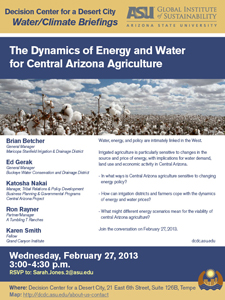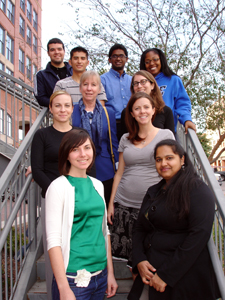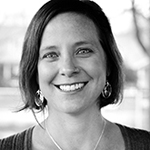An Arid Arizona City Manages Its Thirst
June 17, 2013
By Fernanda Santos of The New York Times
June 16, 2013
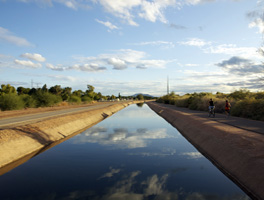 PHOENIX — The hiss of sprinklers serenades improbably green neighborhoods early in the morning and late at night, the moisture guarding against the oppressive heat. This is the time of year when temperatures soar, water consumption spikes and water bills skyrocket in this city, particularly for those whose idea of desert living includes cultivating a healthy expanse of grass.
PHOENIX — The hiss of sprinklers serenades improbably green neighborhoods early in the morning and late at night, the moisture guarding against the oppressive heat. This is the time of year when temperatures soar, water consumption spikes and water bills skyrocket in this city, particularly for those whose idea of desert living includes cultivating a healthy expanse of grass.
Half of the water consumed in homes here is used to irrigate lawns, but there is a certain curiosity about the way water is used in Phoenix, which gets barely eight inches of rain a year but is not necessarily parched.
The per capita consumption here, 108 gallons a day, is less than in Los Angeles, where residents average 123 gallons a day. And though humid Southeastern cities like Atlanta have grappled with recurrent water shortages, there is no limit here to how many times someone can wash a car or water flowers in a yard.
"We’re often maligned as being an unsustainable place simply for existing in an arid climate," said Colin Tetreault, senior policy adviser for sustainability for Mayor Greg Stanton. "But that’s just myopic."
Phoenix gathers its water from several places. It relies on melting snow in the north to feed the rivers that supply its water system: the Salt and the Verde, which begin and end in Arizona, and the overstretched Colorado, which slices the Southwest. It pumps from aquifers, strained by development over time, and then works to replenish them whenever water is in surplus, which happens occasionally.
To irrigate its many golf courses, it reuses most of the water drained from bathroom faucets and washing machines. It uses treated wastewater to cool a nuclear power generating station and to feed a man-made wetland complex known as Tres Rios, home to more than 150 species of birds.
A system of canals crisscrosses the city and stretches beyond its boundaries, a legacy of the prehistoric Hohokam Indians that allowed fertile farms to flourish in the desert. To this day, half of all the water used in the Sun Corridor, the area from Phoenix to Tucson, goes to agriculture, according to a 2011 report by the Morrison Institute for Public Policy at Arizona State University. Steadily, though, much of the farmland has given way to development.
Figuring out how water will be used here is like solving a puzzle speckled with blank pieces, in which the unknowns are the housing market and climate change.
Water managers weigh wet and dry cycles over the past 100 years against climate change models designed in the previous year and demographic projections. They also analyze the way parcels of land are zoned to make assumptions about how water will be used.
Over all, demand for water has declined steadily in this and in many other metropolitan areas, because of water-efficient technologies like low-flow toilets, and stricter building codes. Still, the draining of rivers and other water sources — from overdevelopment, poor management, climate change or a little bit of all of these — has forced communities to rethink their strategies. Some have used money as the main incentive to get people to give up their addiction to turf.
Tucson, where grass is hard to find and true desert living is a source of pride among residents, consumes less water than Phoenix, but it has a bigger problem. The city relies heavily on a dwindling supply of groundwater. To safeguard its supply, the city has an aggressive conservation campaign that includes rebates for residents who harvest rainwater or use water reclaimed from bathroom faucets for landscaping.
The city of Mesa pays residents $500 for every 500 square feet of grass they remove from their yards. Scottsdale, which has the highest per-person water consumption among Arizona’s cities, offers at least $125 for removing the same amount. Las Vegas pays $1.50 a square foot of grass replaced by landscaping appropriate for dry regions.
Phoenix, where water consumption is down from 250 daily gallons a person in 1990, does not have rebate programs. "It costs all the taxpayers money if you do that kind of thing," said its deputy water services director, Brandy Kelso.
"I don’t want to mean that we don’t do conservation," Ms. Kelso added. "We just approach it differently."
A modest list of zoning and other rules — controlling responsibilities over leak repairs, limiting the amount of potable water used to irrigate 10 or more acres of grass, and imposing restrictions on the types of plants allowed in certain public rights of way, to name a few — have helped the city evenly reduce indoor water use over time, she said.
Reductions in outdoor use have been much less homogeneous, though. Affluent neighborhoods like Arcadia, a former citrus grove on the eastern edge of the city, remain lush oases. But in Phoenix’s outer ring, where most new housing has sprouted, grass has largely given way to rocks and dirt.
Master-plan communities like Fireside at Norterra, in the city’s northern fringe, go as far as regulating the kinds of trees, shrubs and flowers that can be planted.
"You may want to plant begonias," Tamara Swanson, the development’s general manager, recalled having told prospective buyers, "but they wouldn’t do well here anyway."
But is green in the desert a bad thing? Not necessarily. Dave D. White, a director of the National Science Foundation’s Decision Center for a Desert City, which studies water management decisions in central Arizona, said grass "cools off the landscape" and trees provide shade.
The idea, Dr. White said, is striking the right balance between conservation and growth. In the verdant corners of Phoenix, he and other researchers are looking at whether a homeowner’s switch to desert landscaping might cause a ripple effect that would eventually change the neighborhood.
"There’s a need to use water to make our community livable, but in an intelligent way that thinks about long-term sustainability," he said. "Because there’s no new supply out there."
View the article at The New York Times.


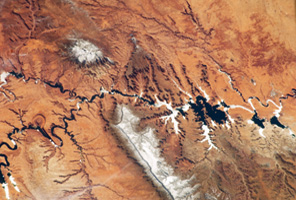
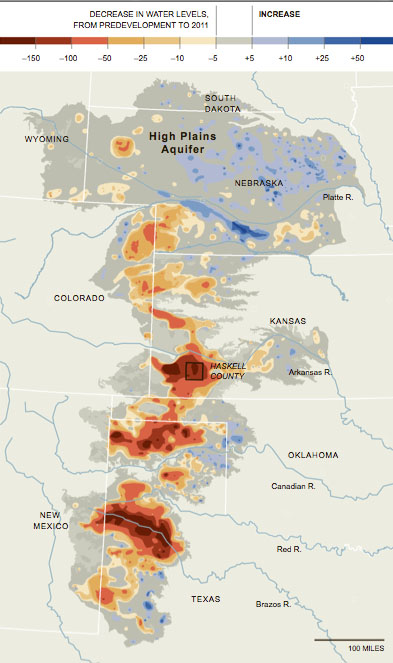
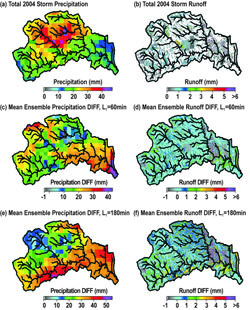
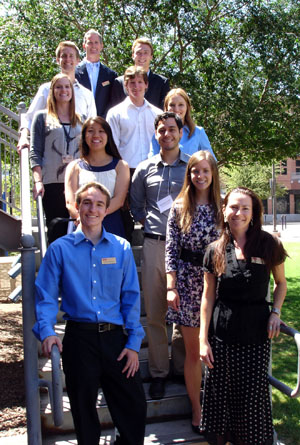
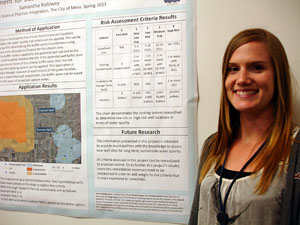 Criteria-Based Risk Assessment for Sustainable Water Quality in Municipal Wells
Criteria-Based Risk Assessment for Sustainable Water Quality in Municipal Wells  Emily Allen, a two-time intern in DCDC's Internship for Science-Practice Integration (ISPI) program, has won the Udall Scholarship for commitment to the environment.
Emily Allen, a two-time intern in DCDC's Internship for Science-Practice Integration (ISPI) program, has won the Udall Scholarship for commitment to the environment.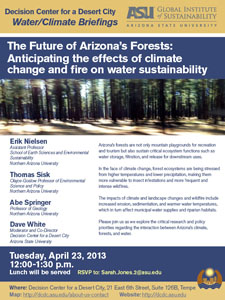 School of Earth Sciences and Environmental Sustainability
School of Earth Sciences and Environmental Sustainability via
via 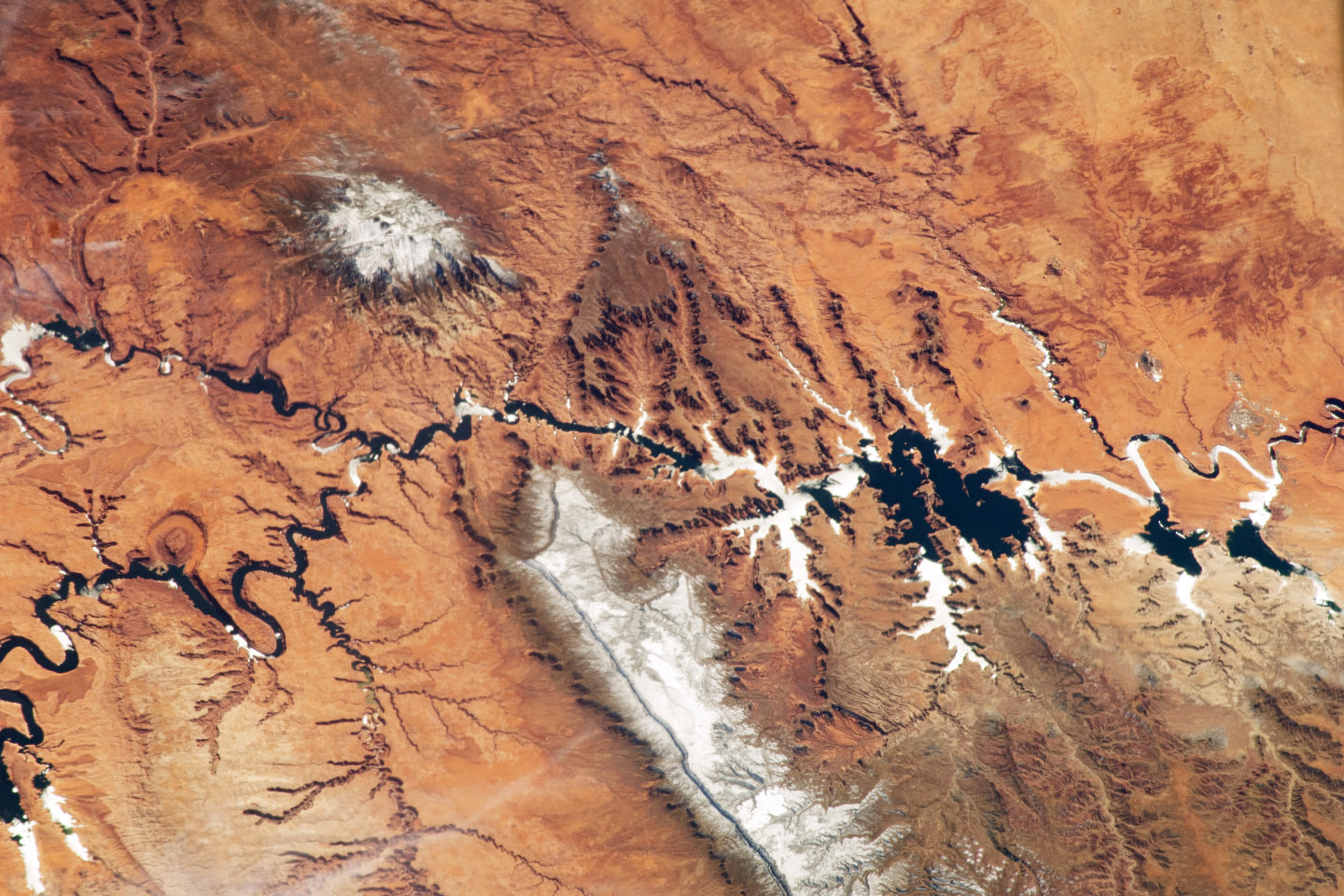
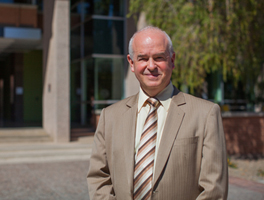 Gary Dirks, director of Arizona State University’s
Gary Dirks, director of Arizona State University’s 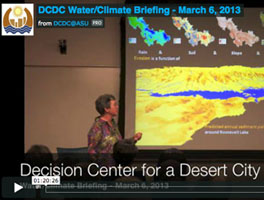
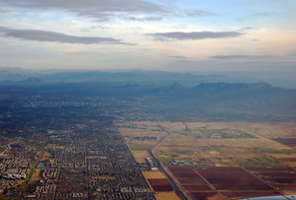
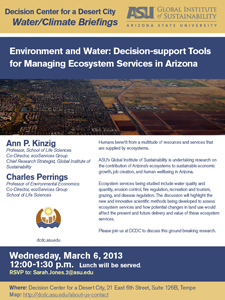
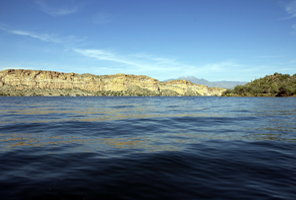 In Phoenix, Arizona and other metropolitan areas, water governance challenges include variable climate conditions, growing demands, and continued groundwater overdraft. Based on an actor-oriented examination of who does what with water and why, along with how people interact with hydro-ecological systems and man-made infrastructure, we present a sustainability appraisal of water governance for the Phoenix region.
In Phoenix, Arizona and other metropolitan areas, water governance challenges include variable climate conditions, growing demands, and continued groundwater overdraft. Based on an actor-oriented examination of who does what with water and why, along with how people interact with hydro-ecological systems and man-made infrastructure, we present a sustainability appraisal of water governance for the Phoenix region.